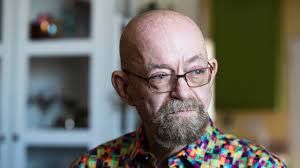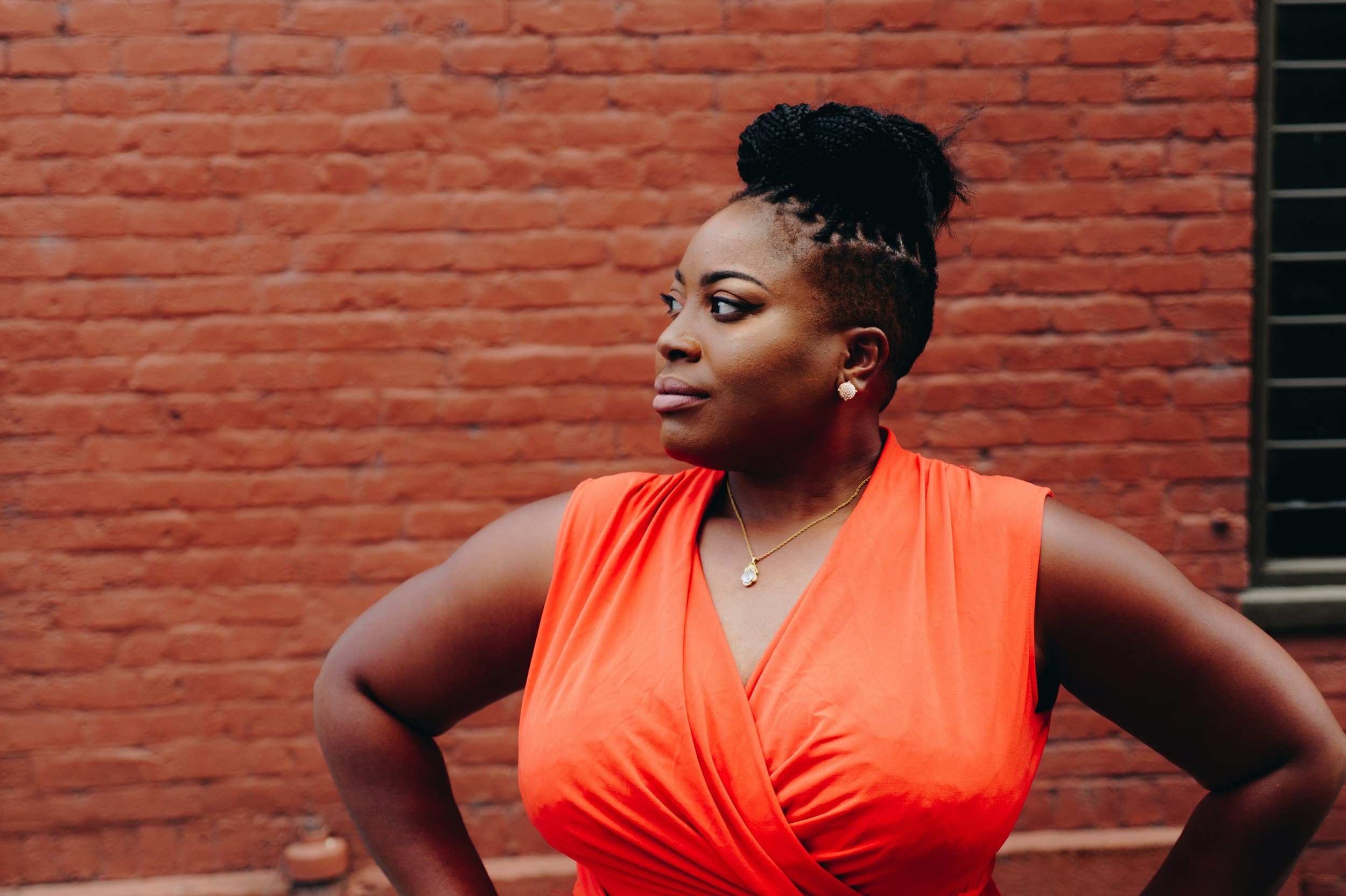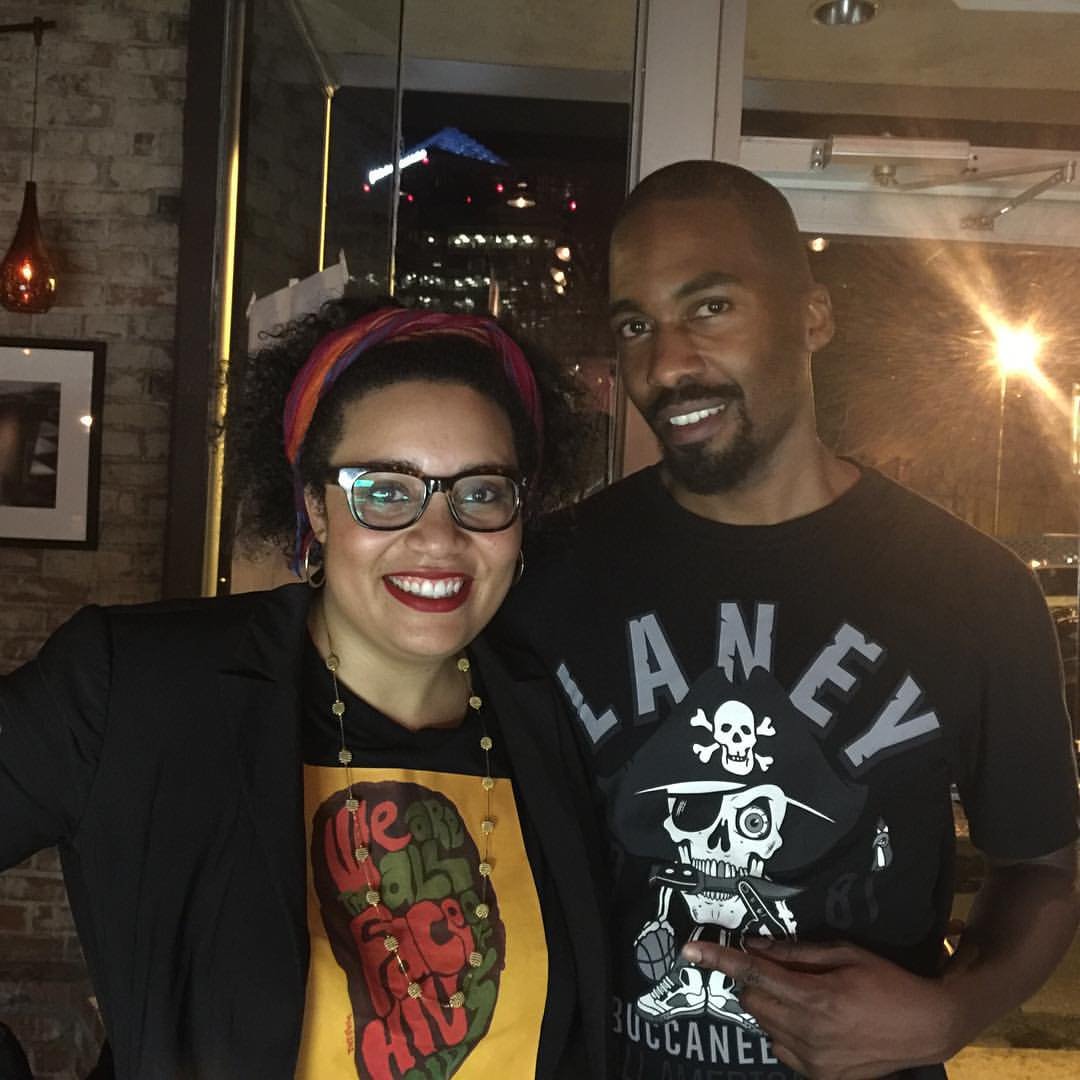about HIV Cure Research Day
What is HIV Cure Research Day?
HIV Cure Research Day (@HIVCureResearchDay) is an awareness day aimed at raising awareness about HIV cure research and celebrating the efforts of researchers, advocates, and community members working towards finding a cure for HIV. The day is observed on December 14th.
The purpose of HIV Cure Research Day is to highlight the ongoing research efforts to find a cure for HIV, promote community involvement, particularly African American involvement, in the research process, and foster dialogue and collaboration between researchers, advocates, and people living with HIV. The day serves as an opportunity to educate the public about the importance of HIV cure research and to acknowledge the contributions of those working in this field.
For more information, you can visit the following links:
Who has been cured of HIV?
A few individuals have been reported to be cured or potentially cured of HIV, and their cases have contributed significantly to HIV cure research. Here are some of them:
Stem Cell Transplantation Cases:
Berlin Patient (Timothy Ray Brown): Cured via chemotherapy, total body irradiation, and two stem cell transplants from a donor with the CCR5 delta32 mutation. First known case of an HIV cure.
City of Hope Patient: Treated for acute myeloid leukemia with stem cells from a donor with the CCR5 delta32 mutation. Remained HIV-free for 14 months without antiretroviral therapy (ART).
Düsseldorf Patient (Marc Franke): Cured of HIV following a CCR5 delta32 stem cell transplant for acute myeloid leukemia. Remained HIV-free after discontinuing ART in 2018.
London Patient (Adam Castillejo): Likely cured following a CCR5 delta32 stem cell transplant for Hodgkin lymphoma. Remained HIV-free after stopping ART in 2017.
New York Patient: Treated for acute myeloid leukemia with CCR5 delta32 stem cells from cord blood and adult stem cells from a relative. HIV-free for 14 months without ART.
Geneva Patient: Potentially cured through a stem cell transplant using “wild-type” donor cells. Remains undetectable for HIV after 20 months without ART.
“Exceptional Elite” Control:
Esperanza Patient: Diagnosed with HIV in 2013, has taken ART only briefly during two pregnancies. Researchers have been unable to find intact or replication-competent virus in her.
San Francisco Patient (Loreen Willenberg): Diagnosed with HIV in 1992, never needed ART. Researchers unable to find any intact HIV in her body.
Post-Treatment Control (PTC):
Dutch Study Participant: Diagnosed in 1998, started ART, and later discontinued all regimens. Remained undetectable for close to two decades post-treatment, with the virus still present in his cells.
Barcelona Patient: Participated in a clinical trial with immune-modifying interventions and stopped taking ART. HIV can still be detected but is under control without ART for 15 years.
Get Involved
7 ways Community Members Can Make An Impact on HIV Cure Research
Upcoming Events
Advocate for Funding: Lobby legislators for increased research funds
Educate Local Communities: Host workshops, seminars, and events to raise awareness
Foster Collaboration: Partner with different community groups
Facilitate Discussion: Create safe spaces for people to discuss HIV and cure research
5. Engage the Youth: Inspire and involve young people in the fight to end the HIV epidemic
6. Promote Awareness: Use social media, talk to your faith leaders and community groups about HIV
7. Mobilize volunteers to support events, community education, and events















